“Elk River Blues” is a beautiful lament written by an old West Virginia fiddler. It is a sad story; it is about the fiddler’s home in the West Virginia mountains which was destroyed when a dam flooded his property. I can just imagine the fiddler thinking of all the memories of his wilderness homestead where he and his ancesters grew up. When I got a letter in the mail from high school classmates who were planning our next class reunion, I became somewhate nostalgic. And I thought of this tune. Our high school, in the Shenandoah Valley, is in a rural area of the state and 20 miles from the West Virginia state line. Although it is over several mountain ranges from the Elk River and where this fiddler lived; there are similarities. Everytime I return home to visit, I see the beautiful rural landscape disappearing; it is being swallowed up by urban development. Like the fiddler, we all lose the some of the past as time goes by. Although I learned this from the concert playing of Steve Seifert and the tab from David Schnaufer, I couldn’t locate my copy of Schnaufer’s tab. So, I started over and made my own arrangement.

About the tune, “Elk River Blues”
Ernie Carpenter was an old-time West Virginia fiddler. His family settled along the Elk River in what is now Braxton County, in the late 1700s. The story goes that the family traveled through the mountians with a fiddle roped onto their bags until they reached the Laurel Fork of the Elk River where they made their home. So, this family has five generations of fiddlers and traditional music. Undoubtly, this music was passed along by oral tradition.
Ernie Carpenter worked in Clarksburg at the Pittsburgh Plate Glass Company until he retired in 1972. During these years, he made frequent visited his boyhood home. Ernie was a musician by avocation. He passed away in 1997.
To continue the story, the Corps of Engineers decided to build a dam on the Elk River in the 1950s. It was called the Sutton Dam and was finished in 1956. This meant that Ernie’s home and property would be flooded and he would be forced to move. Ernie fought the dam and process; even going to court to stop it. But, he did not succeed. As the dam was built, he found ways to go through the mountains to get to his home around the roadblocks erected by the Corps of Engineers. He stayed in his home after his neighbors had left. but eventually, he was forced to leave. He tore down his homestead and moved it to a better location.
Ernie said that he wrote Elk River Blues as he was sitting on his new porch one day in despair and saddness, thinking of the loss of his home and connection to the past. He started fiddling and this is the tune which emerged.There are no words to this tune — although one folk musician did add unrelated lyrics to the melody. That doesn’t count.
Copyright?
Isn’t this tune copyrighted? You might ask. Since it was written after 1956, “Elk River Blues” falls within copyright laws. Here’s the caveat. Ernie Carpenter did not write down his music. And “Elk River Blues does not appear in printed reference books, such as “Fiddler’s Fakebook.” Ernie was a prolific, old-time fiddler who learned tunes by oral tradition. He was not a professional musician. And, I could only locate two recordings of the song, “The Elk River Blues.” Unless we learn this tune by listing to one of these recordings or unless we transcribe this song onto paper; the tune will be lost. It is a special tune, which in my opinion, should be passed on and along with his story of the tune’s meaning. And, so, I am writing it down and sharing it.
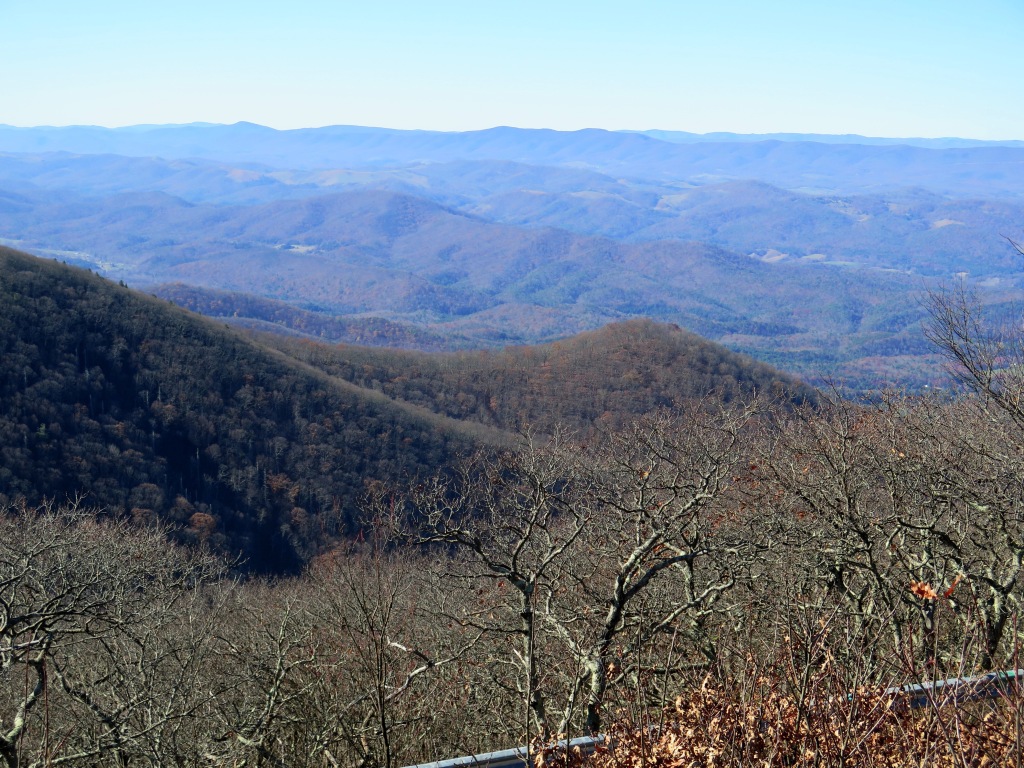
West Virginia is a state with many remote areas. It has numerous mountain ranges which just seem to go on and on. My parents had a “farm” retreat in West Virginia which was 70 miles away but took 3 hours to get there because of the winding mountain roads and 5 mountain ranges that they had to cross. Here we are looking from the Virginia/West Virginia state line towards West Virginia. The county of Braxton, W. Va. is in the center of the state.
Folk Song Collectors
Although folk song collectors traveled through the Appalachian Mountains collecting the traditional tunes of the people, it appears that they missed Ernie Carpenter, his father and grandfather. Ernie Carpenter won awards for his fiddling, but I could not find that his fiddling or music was recorded or included in folks song collections. For example, I couldn’t find Ernie Carpenter’s family included in Library of Congress collections of old Virginia and Appalachian fiddlers. “Elk River Blues” does not appear in fiddle books, such as “The Fiddler’s Fakebook.” I found a recording of Ernie Carpenter playing this song on his fiddle by Augusta Heritage Recordings, 1994. A recording was also made by the Brandywine Mountain Music Convention in 1987. Interestingly, I see that Dulcimer Players News (2012, No 2) contains an article about Ernie Carpenter. Now, I can find several contemporary internet sites with his tune transcribed and several You Tube videos of folks playing this tune, including one by Ernie Carpenter himself. I wonder how many other old-time fiddlers were missed by these folk song collectors.
Folk tune collectors came through the Appalachian Mountains — as well as other parts of America — and collected folk music, ballads and fiddle tunes which they heard. Many of these collections were made prior to the advent of radios and television and these musicologists attempted to document the music before it was influnced by modern “radio” trends. Several notable collectors included Cecil Sharp, Olive Dame and John C. Campbell, John Jacob Niles, John and Alan Lomax, Carl Sandburg. Folk musicians of the 1950s such as Pete Seeger and the Kingston Trio searched these mountains for tunes. The North Carolina tune — based on a true civil war veteran — “Hang Down Your Head Tom Dooley” was a No 1. hit for the Kingston Trio in 1958. And dulcimer players are lucky to have several contemporary folk tune collectors — such as Margaret Wright, Don Pedi — who continue the process of learning tunes by listening to these fiddler players.

Arranging the song on the dulcimer — Discordant sounds and minor chords
In arranging this tune for the dulcimer, I added my own adaptations.
- It is a beautiful, yet haunting tune. To get this feeling, I added some discordant sounds. It probably isn’t correct in musical terms, but it sounds like the story. Plus, the tune lends itself to some beautiful minor chords.
- I like using slides on this tune as well as hammer-on’s and pull-off’s. It seems to add to the mournful nature of the tune.
- The song has a repetitive melody. The first several lines are repeated in the last part of the song — just 5 notes lower.
- Ernie Carpenter plays this at a spritely pace on the fiddle; I prefer to play at a slower tempo on the dulcimer.
Uneven Time Signature
Ernie Carpenter played this tune in an uneven time meter. Some of the tune’s measures are played in 4/4 time and other measures are in 2/4 time signature. I transcribed this by changing every third measure to a complex time signature — 4/4 + 2/4. Other folks have transcribed the music as 5/4 time. Who is correct? I don’t think it matters. This is not a dance tune — it is a lament or an air. It does not have a steady beat. At times, it almost sounds like the fiddler is catching his breath. It should be played “freely.”
Key of G Tune
This tune is played in the Key of G on the fiddle by Ernie Carpenter. When I am arranging music for the dulcimer, I often start out playing the tune in DAD tuning and the key of D. I like the tones of the low open DAD strings, the tonal quality of the chords and it is just easier for me to learn a new tune.
However, it the spirit of being authentic, there are several ways to play “Elk River Blues” in the Key of G on the dulcimer.
- Play the tune on a baritone dulcimer or ginger dulcimer tuned to GDG. Since this is also a
1-5-8, tuning, the same tablature can be used as a DAD dulcimer. Just change the standard notes and names of the chords to match the G scale. And, for the record, I did not purchase another dulcimer. I took one of my sturdy, long scale length dulcimers and changed the strings to baritone strings. However, before you try this, I suggest getting professional advice on accomplishing it. - Play the tune on a standard dulcimer in DAD with a capo placed at the 3rd fret to change to the Key of G. Essentially, you are just moving the tune up three frets on the dulcimer fretboard. The advantage is you can play more open strings. The disadvantage is that you use lose some of the low notes and open strings.
- Play the tune on a standard dulcimer in DAD in the Key of G without a capo. You still have the low open tones of the dulcimer strings available. The advantage of this method is that you can be indecisive. You can modulate between the Key of D and the Key of G. The disadvantage is that there are a additional fret fingerings and barre chords.

The numerous mountains and winding roads make it a little treacherous to access some communities in West Virginia. However, it is a beautiful state with lots of great places to expore and visit. I have many of memories of going to my parents retreat in the summer in the high West Virginia mountains.
And, so I can relate to Ernie Carpenter, the fifth generation fiddler, who was displaced from his homeland by the flooding of the Suttun dam. It is unfortunate that the Carpenter family was missed by the numberous folk song collectors who made their way through the Appalachian Mountains.
No matter how you play this song, I hope you enjoy it. This song deserves to be played and shared. And please, don’t forget the story behind this this mournful song.
I have included 4 versions — both as jpeg files and also PDF files which you can download and print out:
- DAD Tuning – Key of D
- GDG Tuning – Key of G (for baritone and ginger dulcimers)
- DAD Tuning – Key of G – capo 3
- DAD Tuning – Key of G – no capo.
Enjoy!
Reference:
Walters, Neal. Dulcimer Players News, DPN, Ser, 38/2, p32(2012)
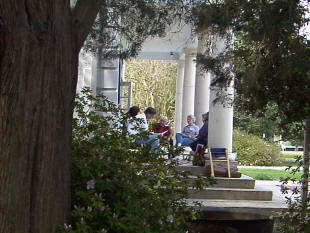


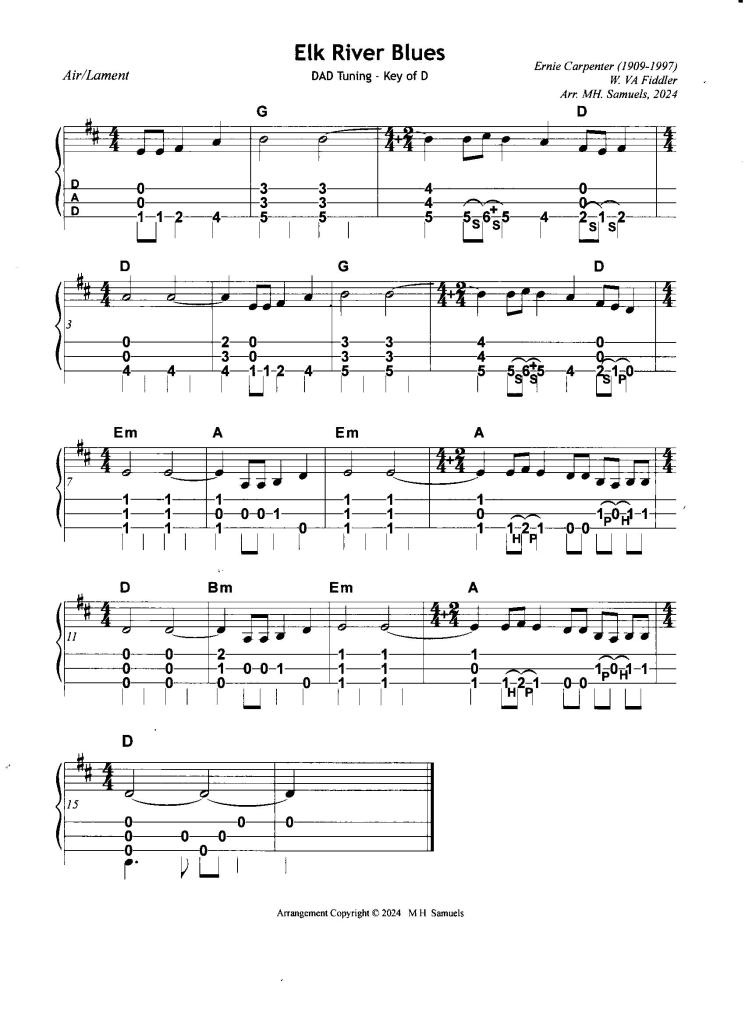
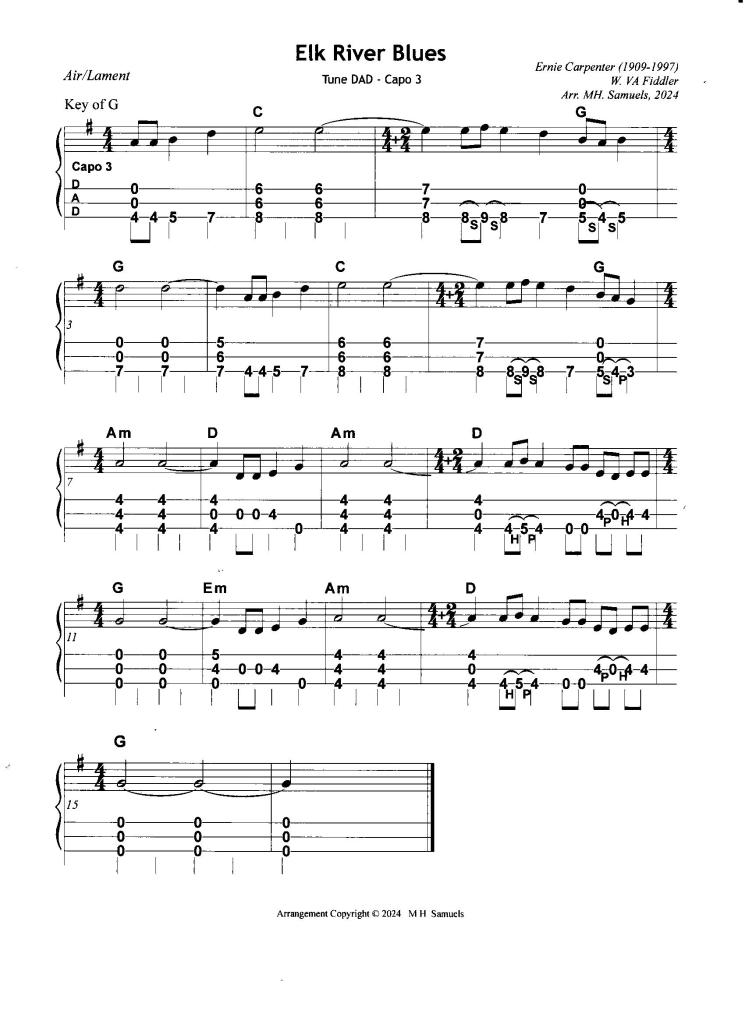
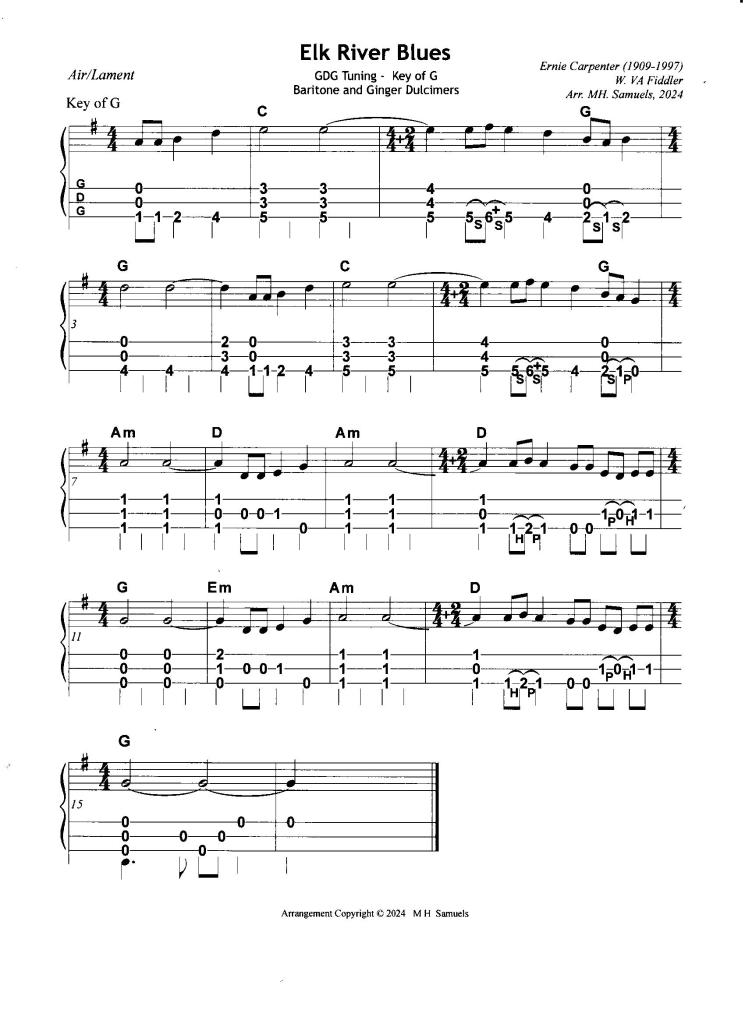
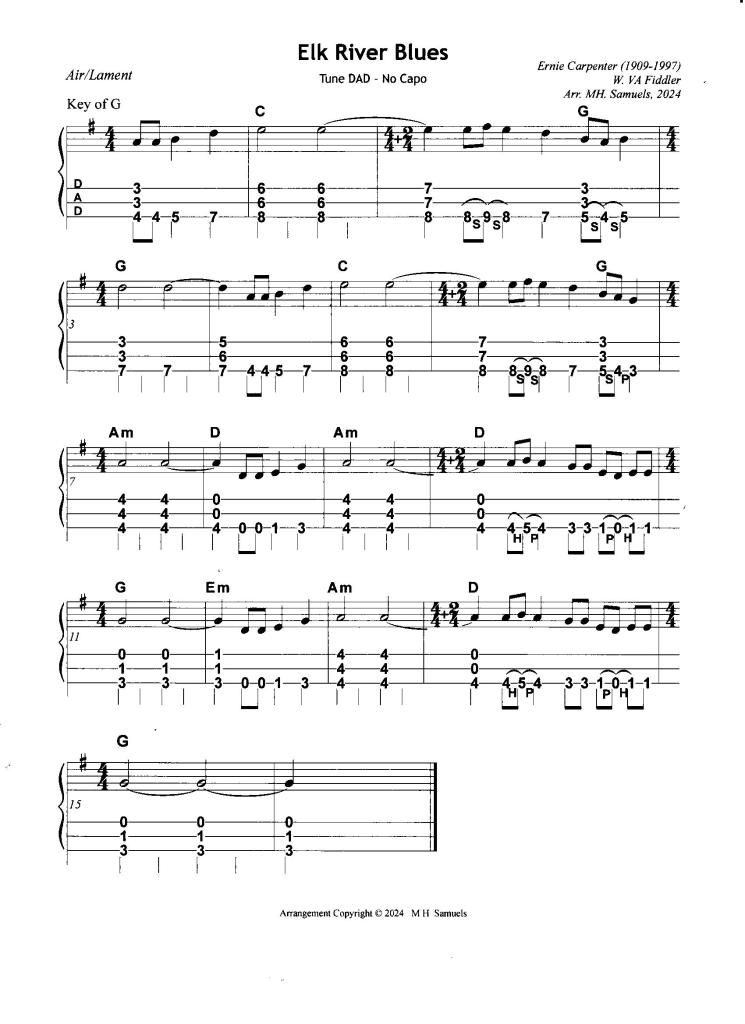
Thank you so much for sharing this sad, wonderful story and the music for Elk River Blues. My family was forced to move many times and I often wondered what it was like to be so closely attached to the land. Maybe that’s why I love the mountain dulcimer and old time music so much. Thanks again, Tina Ross
>
LikeLiked by 1 person
Thank you. Enjoy the tune!
LikeLike